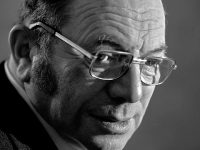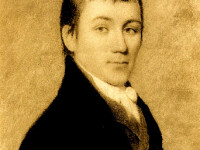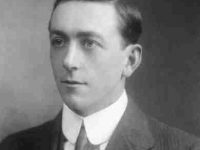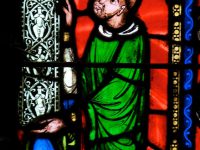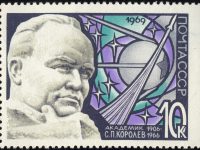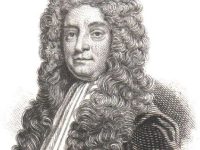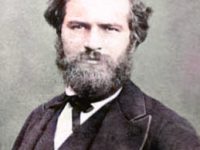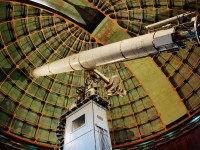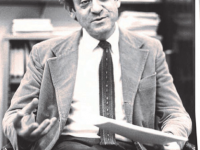Leonid Kantorovich and the Optimal Allocation of Scarce Resources
On January 19, 1912, Soviet mathematician and economist Leonid Vitaliyevich Kantorovich was born. Kantorovich shared the 1975 Nobel Prize for Economics with Tjalling Koopmans for their work on the optimal allocation of scarce resources. “In our time mathematics has penetrated into economics so solidly, widely and variously, and the chosen theme is connected with such a variety of facts and problems that it brings us to cite the words of Kozma Prutkov…
Read more

